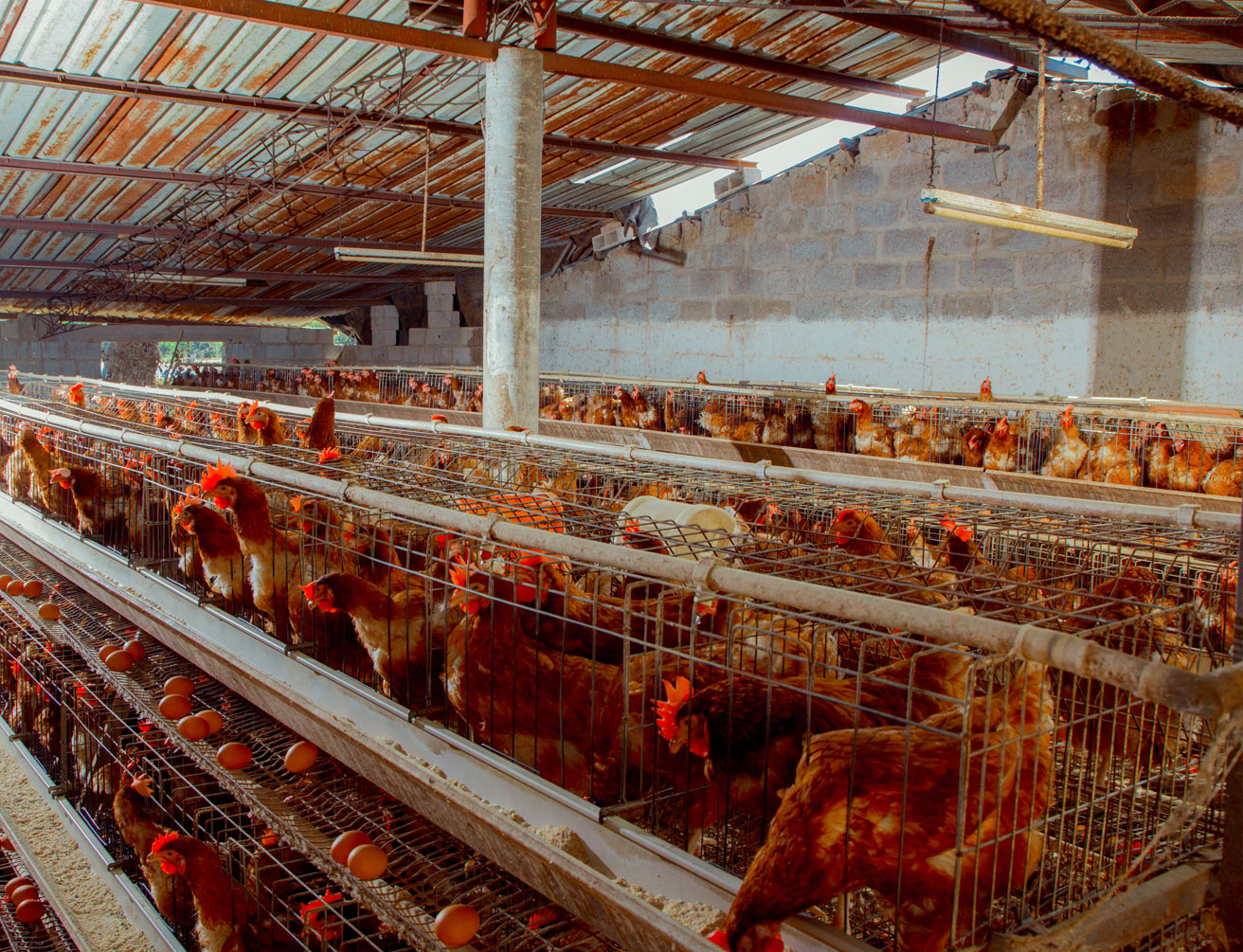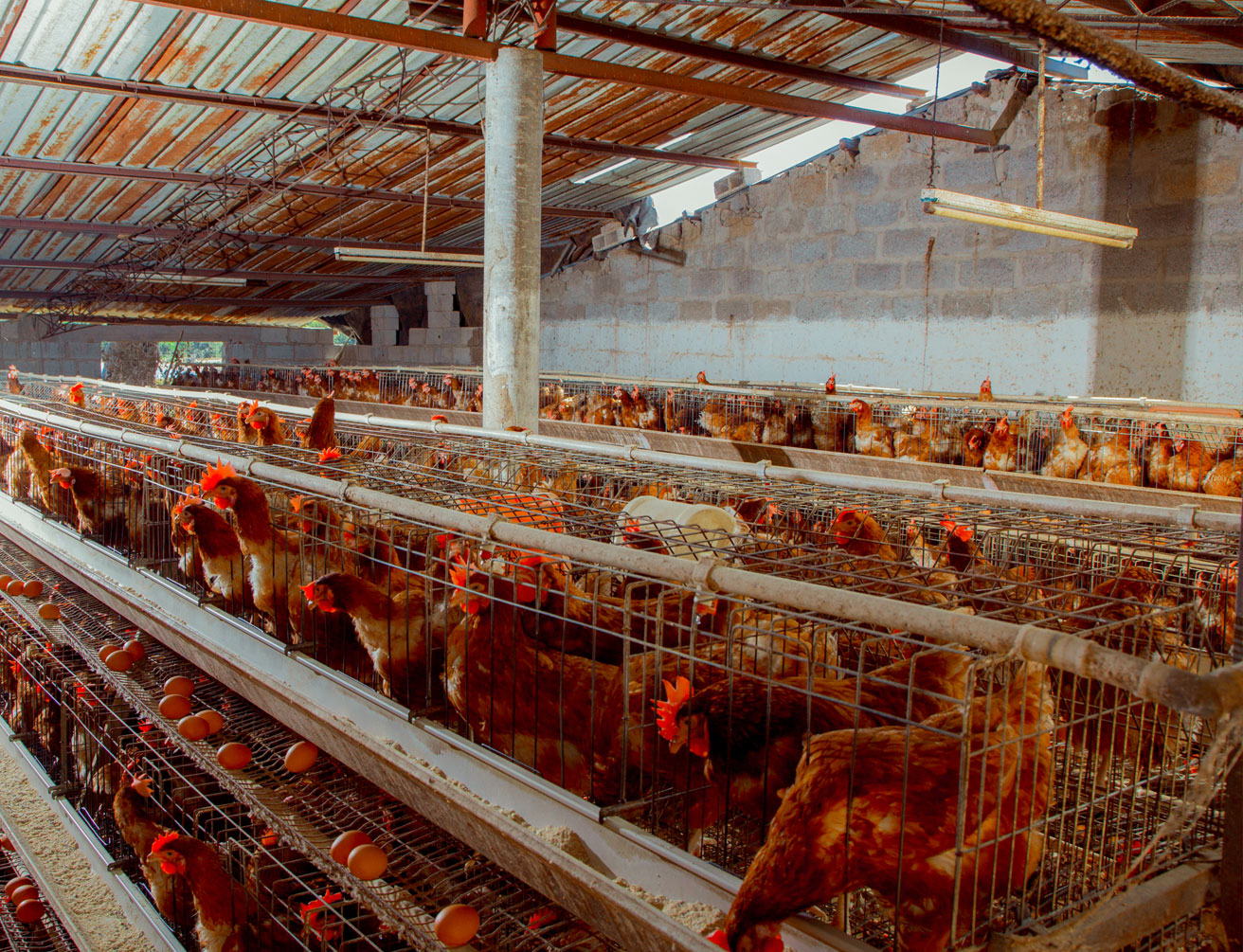
Highly pathogenic avian influenza – called avian or bird flu – has been found in diagnostic samples from dairy operations in Texas, Idaho, New Mexico and Kansas, as of April 2. The list of states continues to grow. Diagnostic samples of unpasteurized milk from affected cattle collected from two dairy farms in Kansas and one in Texas were confirmed March 25 to be positive for the disease.
Veterinarians and the dairy industry are working collaboratively with state and federal officials during the ongoing investigation. “This outbreak has quickly grabbed the attention of the agriculture industry on a national level,” Texas Agriculture Commissioner Sid Miller said. “Understanding the details surrounding the transfer of avian virus to livestock is the top priority of animal-health professionals and agriculture agencies. While troubling, this outbreak is not currently expected to threaten our nation’s commercial dairy supply.”
Veterinarians and animal caregivers first reported seeing decreased feed intake and milk production in affected dairy cattle. Dairies are reporting about 10 percent of the milking cows become sick. There have been no confirmed deaths in cattle due to the disease; cattle appear to recover in two to three weeks with supportive care. As federal veterinary officials and their state and local research partners continue investigations, the findings have prompted a flurry of new questions among livestock and influenza experts.
They say it’s not clear if the virus was the only cause of the mystery illness in cows. And experts say the presence of dead wild birds that carried the virus at affected farms raises new issues about biosecurity in livestock settings. In a recent notification to the World Organization for Animal Health, the U.S.
Department of Agriculture said H5N1 is the subtype and belongs to the 2.3.4.4b clade, which has been circulating in many world regions and has spread all the way to Antarctica. The virus isolated from the cow samples descended from the B3.2 genotype first seen in wild birds in November 2023. An analysis found no markers for mammalian adaptation or antivirus resistance.
Dr. Joe Armstrong, veterinarian, a cattle-production expert with the University of Minnesota, said the unexplained illness syndrome had been reported in certain dairy herds in the Texas panhandle and other locations since late January and early February. During several weeks, the animals were tested extensively for different illnesses. “When they started coming up short on everything, they started thinking outside the box about what this could possibly be,” he said. “They started testing for highly pathogenic avian influenza.” Source: Bird flu affecting livestock spreads (agupdate.com)




